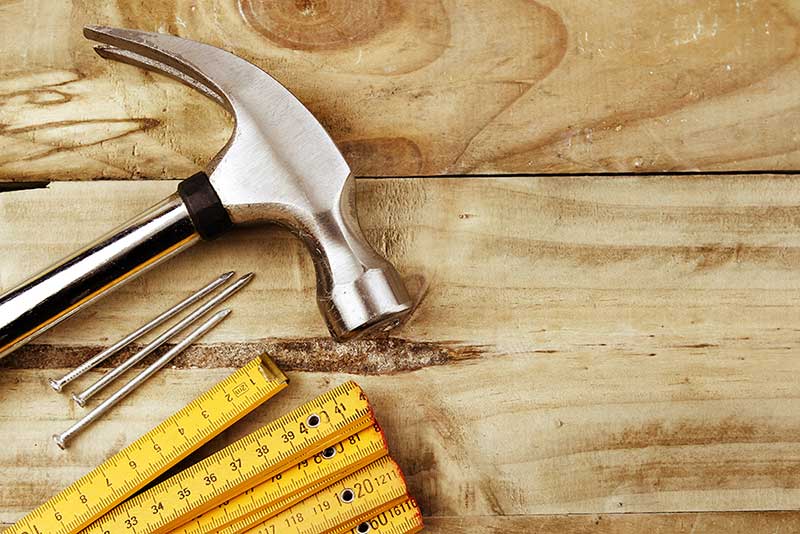Uncategorized
The Best Tent Size for Every Event
How big should your tent be? We all want a straightforward answer to that question, but there is necessarily a range of “right answers” when you start thinking in terms of the amount of space that will be available per guest.
How needs in tent sizing have changed
The amount of space needed has actually changed over time, as indicated by Sarah Peterson in Rental Management. Peterson lists three pieces of information that suggest the size of a tent should be larger than in the past:
- The average weight of Americans has increased 8% since 1990.
- Weight gain is a continuing trend: compared to the 1950s, US citizens are now 20-25% heavier. (Similarly, data from the Obesity Action Coalition shows that our average number of calories consumed daily is now 20-25% higher than in 1970).
- The independence of the digital era means that many people expect a larger “personal bubble” in social situations.
This aspect of sizing a tent suitably may be awkward or uncomfortable to consider. However, if you do not use up-to-date averages to determine the size that is right for an event, you may not be pleased with the results. Peterson notes that thinking about space requirements is thinking about your guest. Beyond getting the price right and creating a strong visual and ambience, “those in the industry encourage clients to keep the comfort of event attendees in mind [when suggesting sizes],” says Peterson.
What tent sizes are typically best?
There are tent size calculators out there; however, those tools turn everything into an algorithm. Many people would rather do the math themselves so they know exactly what goes into arriving at that number of square feet – looking at each of the various elements that need to fit inside the tent. Here are measurements recommended by Adam Rentals & Sales president David VanDerburgh for a wedding, although other events would be similar:
- Cocktails – 100 square feet for food tables and 8 square feet per guest;
- Ceremony seating – 200 square feet for the wedding party and 8 square feet per guest;
- Head table – 100 square feet, with 2 feet per person at the table;
- Dancing – 5 square feet per dancer (maybe more or less depending on style), expecting 2 out of every 5 people (40%) to dance;
- Tables – 125 square feet for 72-inch-round tables, and 100 square feet for 60-inch-round tables and below;
- Buffet – 100 square feet for each table, with 25-30 guests serviced by each table;
- Music and stage – 32 square feet per band member; or 150-200 square feet for a DJ.
Using the above numbers, you should be able to arrive at reasonable square-footage numbers for client recommendations.
Getting the right tent
Are you in need of a quality tent supplier for your event rental, party planning, or entertainment business? At Tent Renters Supply, we can advise you on size and other characteristics, with a comprehensive array of products designed to meet your sophisticated demands. See our catalog.

